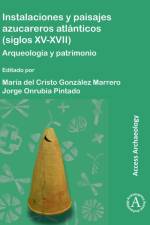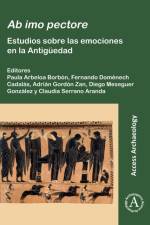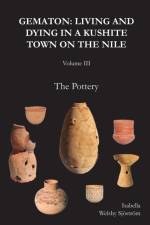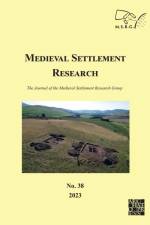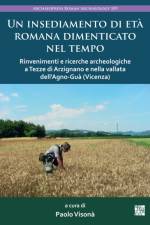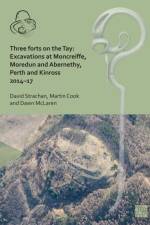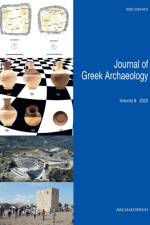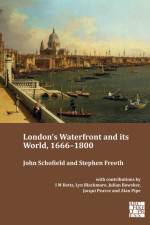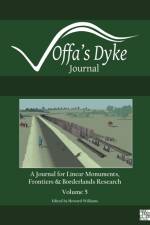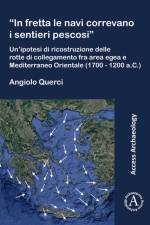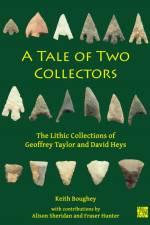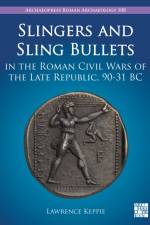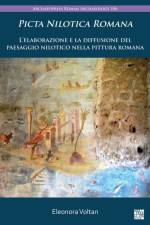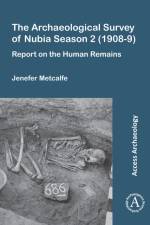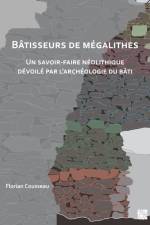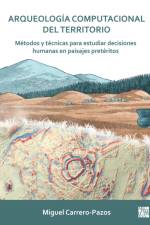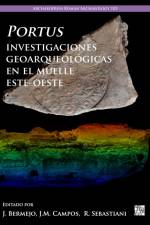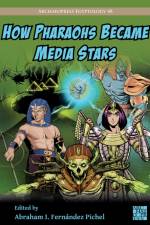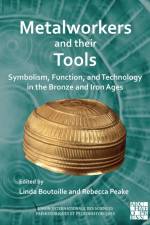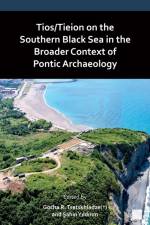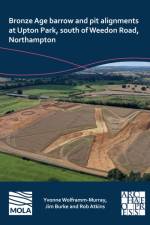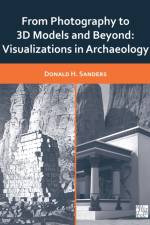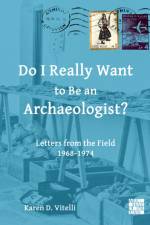av Keith (Yorkshire Archaeological and Historical Society) Boughey
475,-
Geoffrey Taylor and David Heys together and separately over a 25 year period amassed a huge amount of prehistoric material (almost 20,000 worked pieces and some 250,000 pieces of waste) in flint, jet, stone, glass and metal, gathered mostly off the North York Moors. The present book aims to introduce the collections to the archaeological world and to give the reader a clear impression of their contents. The book begins with brief biographies of the two collectors and outlines the areas in which they collected, principally the North York Moors, and their method of working, before attempting to set their work into its wider prehistoric context. It then explains how the over 18,000 worked pieces in the combined collections are each individually identified, and presents illustrations of selected groups of pieces, such as arrowheads, knives, axeheads, and so on. This is followed up with a more detailed look at some of the more notable classes of artefacts, such as discoidal knives, Iron Age glass bangles, and jet pieces, including a superb undamaged Early Bronze Age jet wristguard (bracer), of which only one other example is known in Britain. To correct the impression that Taylor and Heys only ever collected casual finds off the surface of the moors and farmland, details of several excavations, most never before published, are given. These included pioneering work on the Early Mesolithic of the North York Moors, and the discovery of an Early Bronze Age grave with cremated human remains complete with a Collared Urn and a perforated battle-axehead. At long last, the hitherto unheralded work of these two remarkable individuals is given the credit it undoubtedly deserves.



